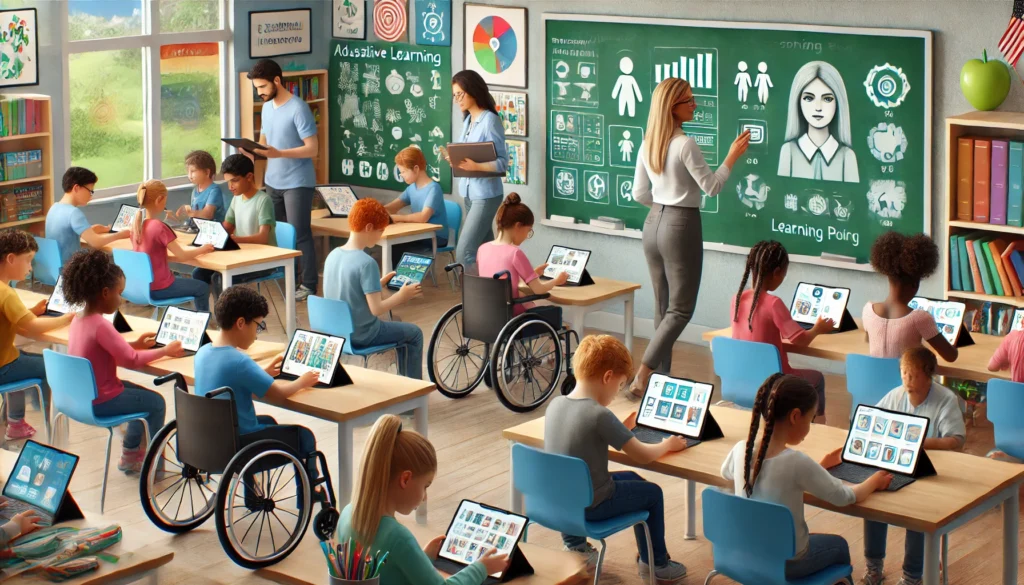Department of Educations: Innovatively, differentiation has turned out as one of the key strategies in modern education. Department of Education method adapts the instruction to suit the abilities, desires and learning rhythm of each learner thus enhancing learner involvement and accomplishment. Personalization makes learning accommodating for various learners while also embracing technology that allows students to determine the path to follow. With an advancement in education this model corresponds to goals such as goal 4, quality education for every learner.
Empowering Every Student Through Personalized Learning Paths
Department of Education Learning Pathways are completely revolutionizing the education system based on the principles of differentiation. This approach means that every learner can move at his or her own rate, which makes students participate actively and come out with the understanding of the topics covered. Hence due to analysis from the assessments and with the help of the educators and Department of education, improve education and help students take charge of their learning process.
Data has a critical position in this model as it provides more frequent and precise evaluations for offering better learning trajectories for each learner. Department of Education also improves learning process since it offers constructive opinions and also helps the students in areas they proved to be weak in. Finally, learning solutions that follow tailored learning paths enable students in respecting the stakeholders’ educational quality for all initiative, as it is an appropriate teaching strategy that fulfills the educational needs of diverse modern students.
Harnessing Technology for Personalized Learning Across K-12 and Higher Education
Technological advancements play a significant role in supporting Personalized Learning Paths: Meeting the needs of each and every learner in classroom setting. Facilities like computers and multimedia facilities assist the students to get information and academic material acquired from learning resources matching their needs and learning abilities in pace.
It should also be noted that Personalized Learning Paths are most successful in K-12 education to guarantee the students support from their early age and further up through their formative years. Educational technologies in class, for instance, the adaptive learning systems and e-learning tools give teachers the ability to develop unique learning approaches which address each learner’s needs.
Department of Education, pass(frames) of individualized learning is more complex and allows learners to arrange for their learning process independently. Campus colleges adopt technology gadgets such as learning platforms where the learner can choose the course, monitor his/her progress, and undertake independent learning. This ensures that standards and quality prevail in education regardless of statics of learning or the priority basis and that education caters for individual’s need with regard to academic education and professionalism.

Overcoming Challenges and Maximizing Teacher Roles in Personalized Learning Paths
Implementing Personalized Learning Paths: Lee and colleague categorized challenges as; Level of resources available is low in low and middle income countries and cultural differences. To support students or learners, there are barriers that need to be fixed by the policymakers. These challenges can only be addressed by combining efforts of various education systems in order to build learning contexts that are indeed possible for different communities.
Students depend on teachers to be their guides while in a personalized learning environment teachers act as guides. Instead of just feeding content, they facilitate the experience that directs the learner’s journey and offer help and encouragement. This change entails professional development resources along with learning that enhances the delivery process.


